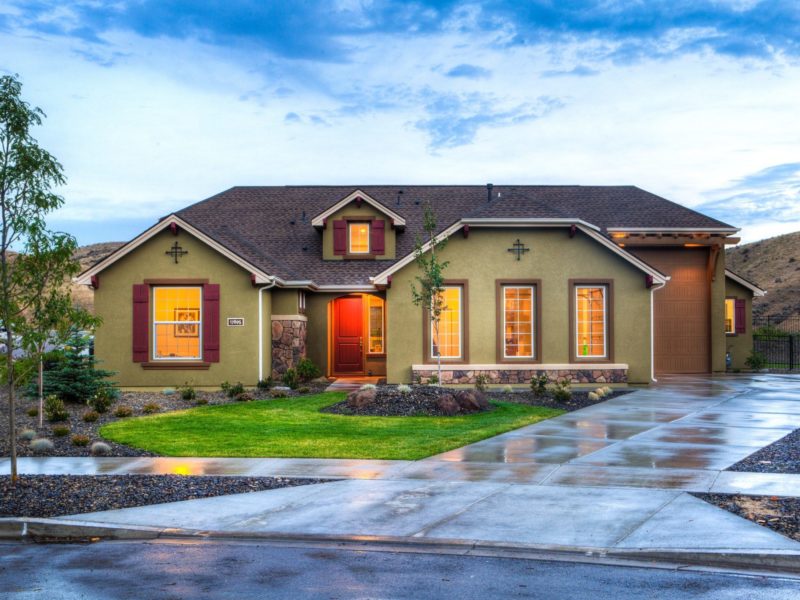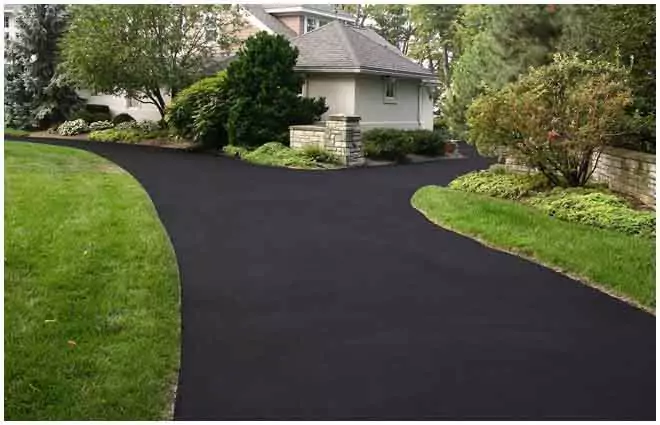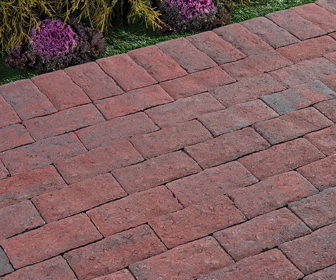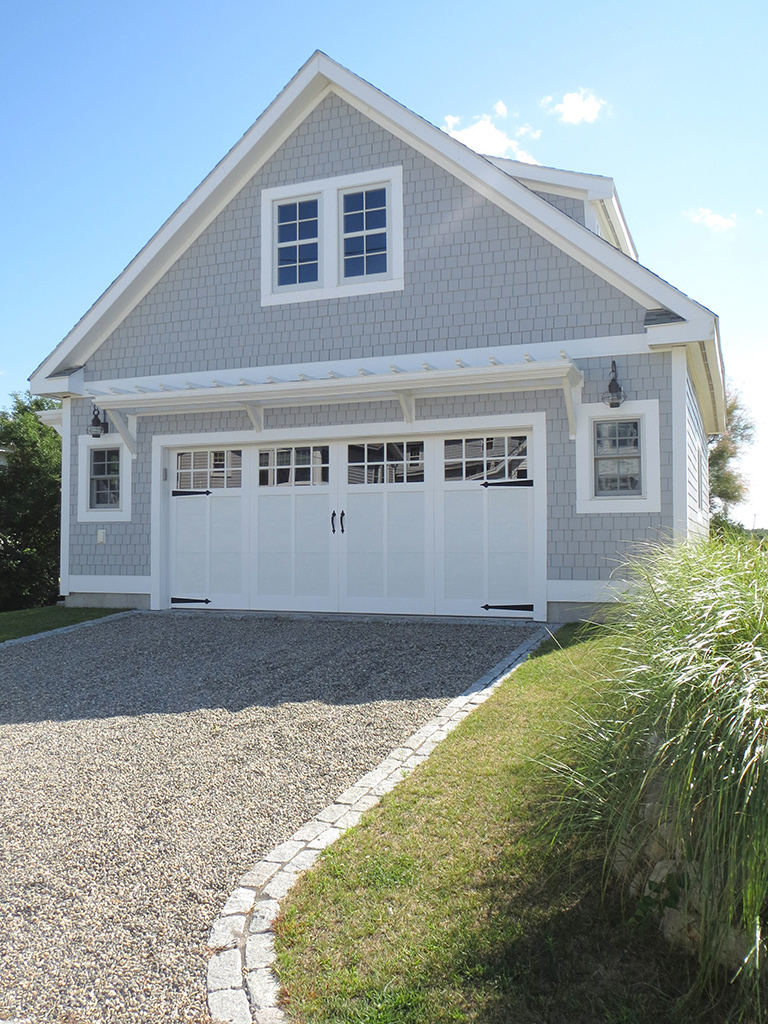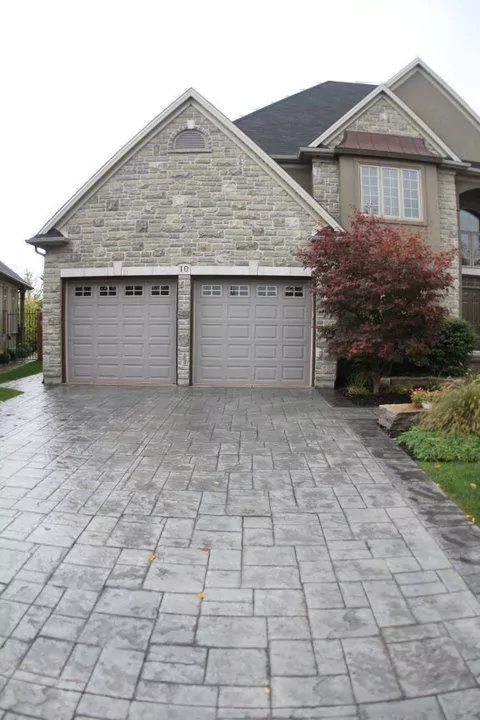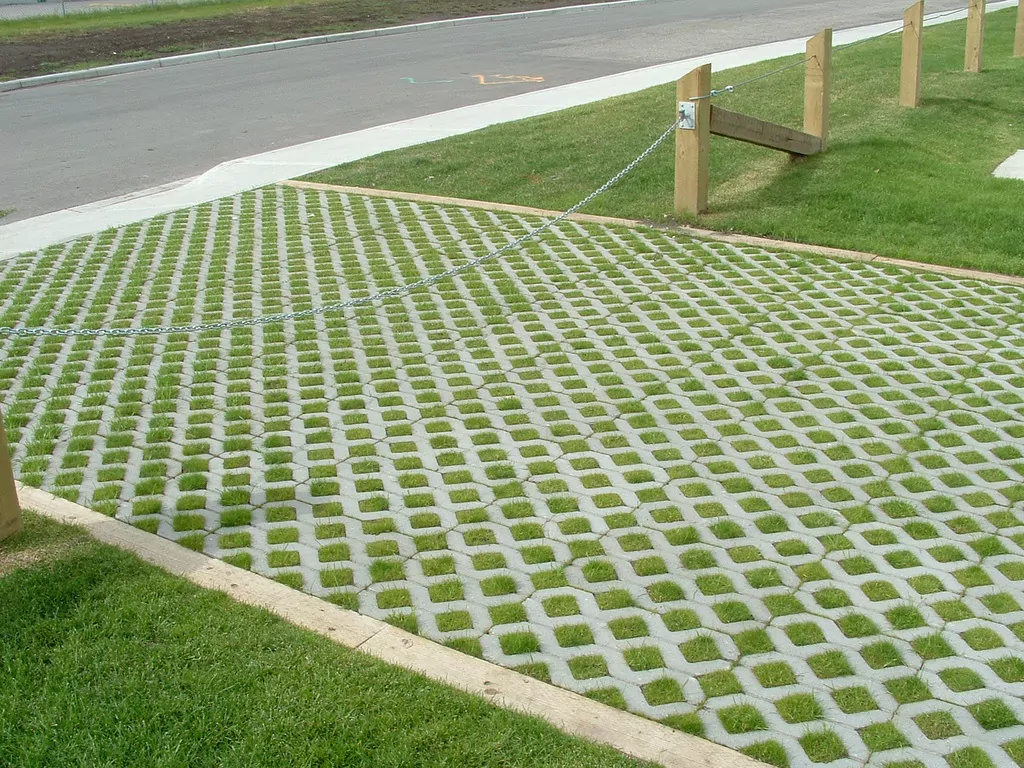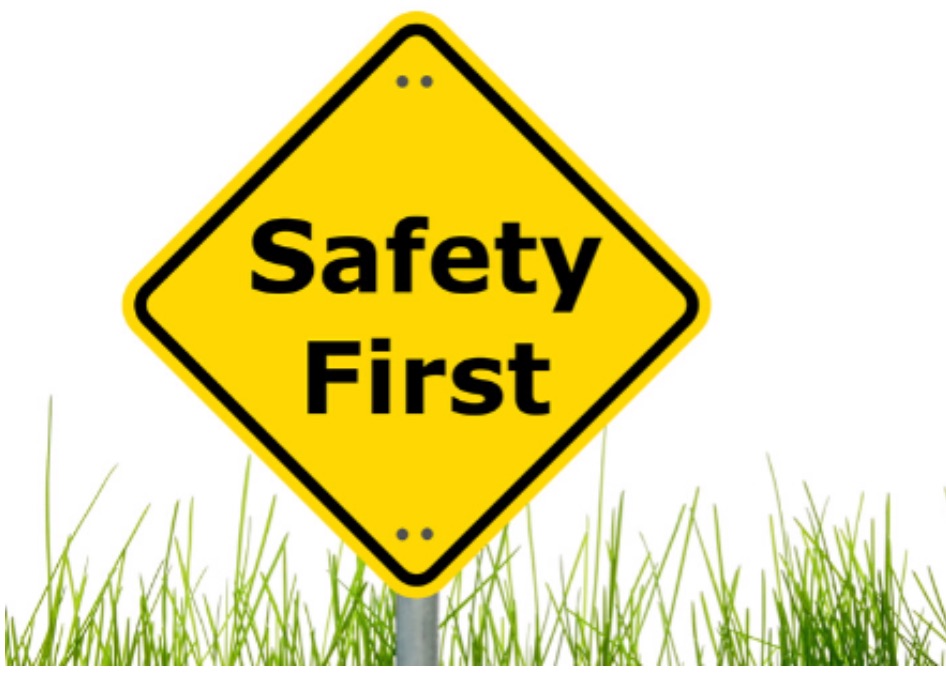Upsizing in Retirement: 3 Major Reasons to Purchase a Larger Home
Upsizing in Retirement: 3 Major Reasons
to Purchase a Larger Home
(Photo via Pexels)
More often than not, the discussion of Buying a home in retirement usually centers around downsizing. In 2017, 12% of home buyers aged 45-64 decided to downsize their homes (as reported by PressConnects.com). Moving to a smaller dwelling offers the benefit of reduced cleaning and maintenance, less clutter, and affordability.
However, when it comes to home buying, one size certainly doesn’t fit all. Whether you recently retired, or have been retired for years, there are many valid reasons for doing just the opposite of downsizing: upsizing.
To see if upsizing is the right decision for you, read more from Ann Arbor real estate expert Tom Stachler about the three major reasons to purchase a larger home.
Starting a home business
For some, the definition of a fulfilling retirement doesn’t include bonus leisure time. In fact, AARP reports that more retirees are becoming entrepreneurs than ever before.
If you plan to enter the world of business ownership, it is important to consider whether your current home can fully accommodate your needs. This is especially true for those who plan to open a business that requires inventory storage, or who will be selling heavily regulated products (e.g. baked goods, meals).
Also, be sure that your home business complies with all licensing regulations. This can be extremely important if you want to form a Michigan LLC (which offers tax advantages and the benefit of limited liability). Because each state has different rules related to forming an LLC, do your research prior to moving ahead. To save time, money, and effort, use a formation service as an alternative to expensive hourly lawyer fees.
Accommodating the whole family
Nothing is better than spending quality time with loved ones. If you’ve welcomed new in-laws and grandchildren over the years, your current space may no longer suit your family’s needs.
Many retirees desire more space to accommodate their children, their children’s spouses, and their grandkids. If you want enough rooms and square footage to entertain, host overnight visitors, and make memories for years to come, upsizing could be the right choice at this stage in your life.
Pursuing a cherished hobby
Have a hobby that could take up an entire room (or two)? If your existing home no longer allows you to pursue a cherished hobby due to space constraints, it might be an excellent time to buy something larger. With time to dedicate to this passion, why not see how far you can take it?
If your spouse also has a hobby that could benefit from extra space, you’ll definitely want to explore properties that can accommodate both of your wants and needs.
Factors to consider when searching for the right home
If one (or more) of the above apply to you, it could be time to find an upsized space to call your own.
As you plan your move, start by calculating your budget. You can use an online calculator to help determine your monthly budget/mortgage payment. Be sure to factor in the estimated equity from the sale of your current home.
Also, make a wish list of features you’d like in your new home. Consider how much land, rooms, and square footage you want. Think about the specific features you’ll need for entertaining, running a business, fully realizing your hobby, and so on. Next, connect with agent Tom Stachler, who can help you zero in on Ann Arbor properties that fit the bill as you begin your search.
No matter your vision, the right upsized home can help your retirement be the most joyful and rewarding time of your life. Whether you want to make more amazing memories with your family, or fully realize a lifelong dream, a home suited to your needs awaits.
Want to upsize to a stunning home in Ann Arbor? Tom Stachler is the area’s leading real estate professional, with over 30 years of experience in the local community. Get started by calling 734-996-0000.

